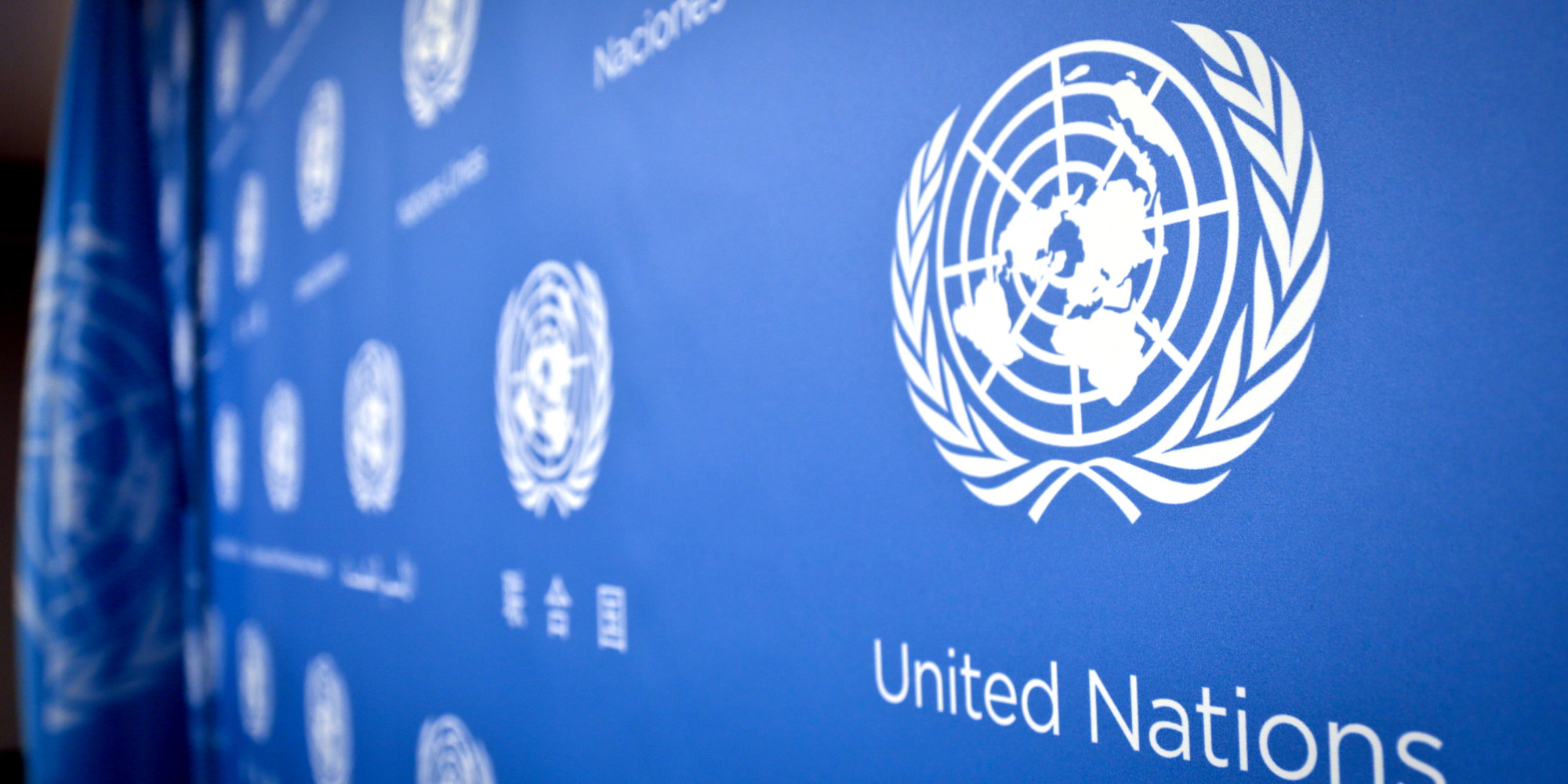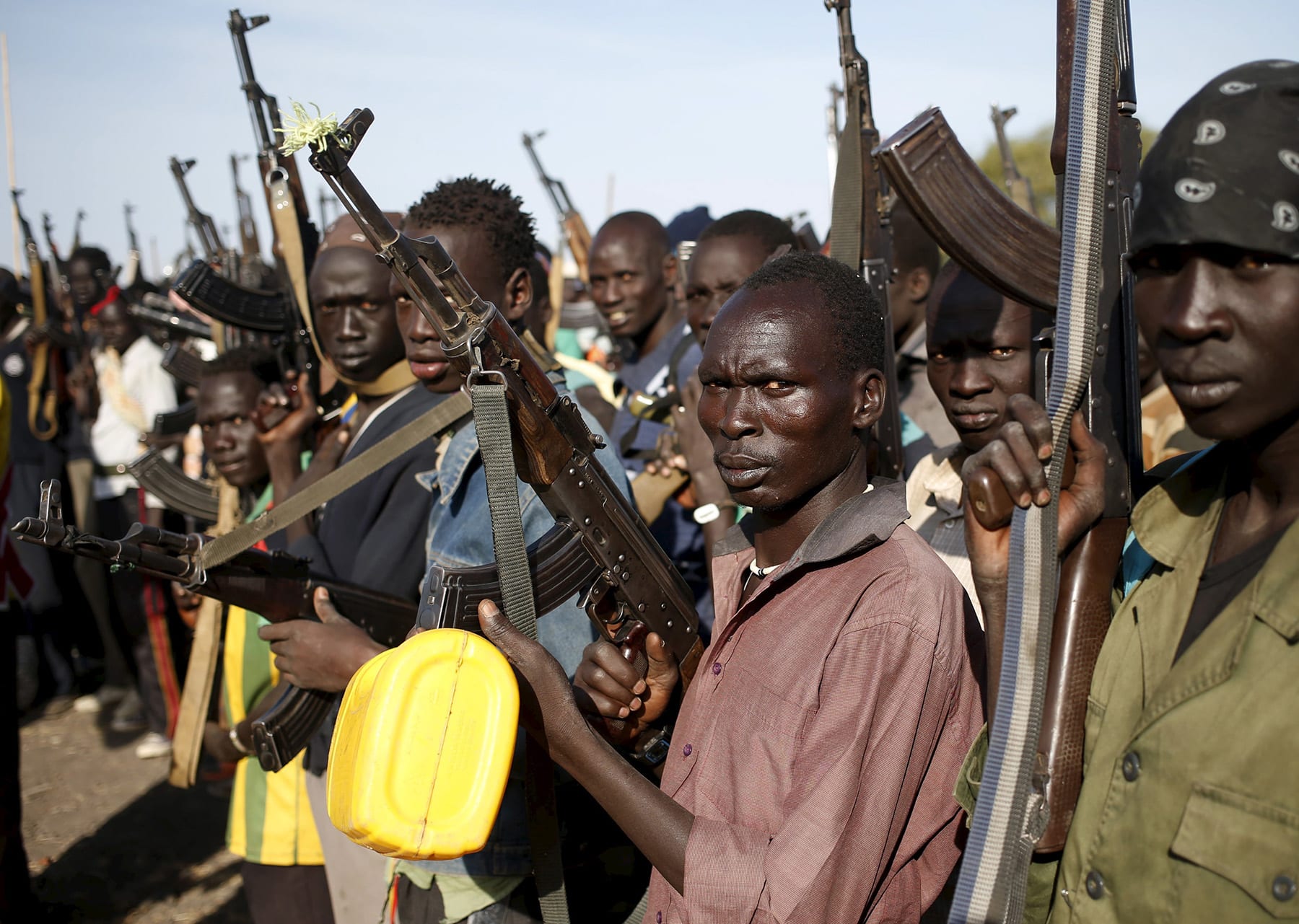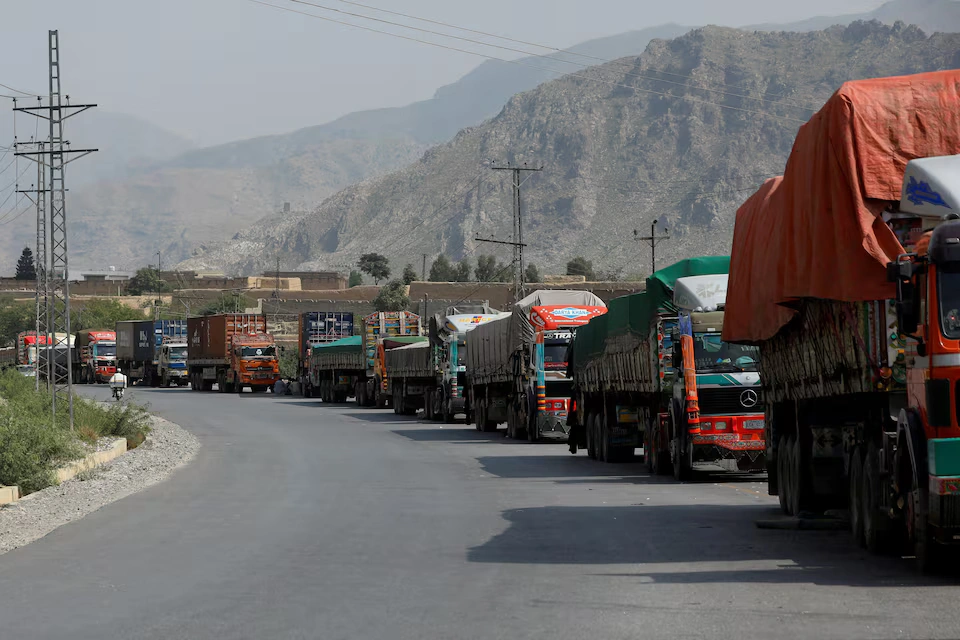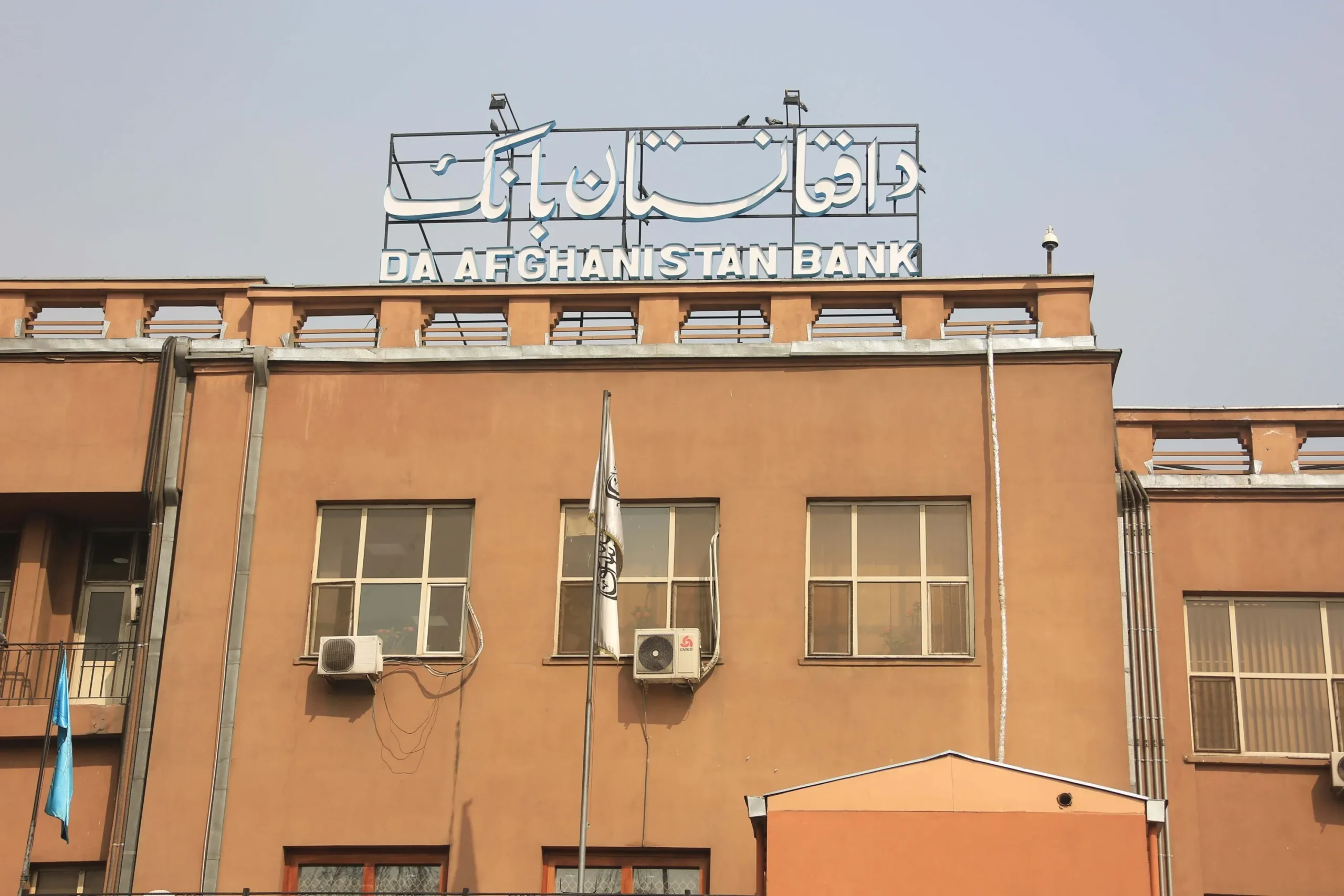Pakistan has long been riven by internal strife, with terrorism emerging as the most serious threat to its domestic security in recent years. In addition to local factors that have contributed to the emergence of various terrorist groups, the evidence of a foreign hand is too substantial to disregard. Scholars have discussed the proactive role of foreign governments in training, arming, and providing additional logistical and intelligence support as well as a safe haven to an otherwise independent terrorist group to carry out violent acts on their behalf against their adversaries. In this view, it is crucial to account for state-sponsored terrorism in Pakistan masquerading as insurgencies with widespread support.
Terrorism: The Many Faces
In Pakistan, the international community has witnessed neighboring countries bolstering ethno-centric terrorist groups with their support. In neighboring nations, we frequently hear of Indian support for groups that are conveniently portrayed as “insurgents.” Despite Iran’s repeated assertions of its commitment to counterterrorism, the policymakers of Pakistan and Afghanistan remain wary of Iran’s reluctance to effectively address the presence of ethno-nationalist and religious terrorist networks within its borders.
Recently, renowned journalist and anchor Zarrar Khuhro published an article in The Independent in which he emphasized Iran’s covert support for the Sindhudesh Revolutionary Army (SRA), which emerged as a security threat in 2010. In addition, this article highlights the tragic demise of Rana Sakhawat Rajput, an active member of the Pakistan Tehreek-e-Insaf (PTI) from the district of Qambar Shahad Kot, who was killed by the SRA in November 2021, followed by a bombing in Karachi’s Saddar area in 2022.
Security analysts attribute the SRA’s ascendance in launching ambushes in urban settings to India’s covert support for this organization using Iranian soil as a launchpad.
It is not the first time that India’s role in fomenting terrorist factions has been revealed; however, the infamous Kao Plan is a documented example of India employing a tripartite strategy for infiltrating Pakistan’s population with “insurgencies.” The three pillars of the Kao Plan’s implementation are the separation of East and West Pakistan, the instigation of terrorism in Balochistan and Khyber Pakhtunkhwa, and the eventual achievement of independence for these provinces. Nonetheless, supporting a Sindh-based insurgent group is an addition to the Kao Plan’s initial three pillars.
Iran, and the Kao Plan
Realistically, implementing the Kao Plan on the ground would have been nearly impossible without the support of Afghanistan and Iran. The Indian security apparatus is thus using Iranian territory to bolster the terrorist groups operating in Balochistan. According to reports, the majority of militant organizations, including the Baloch Liberation Front (BLF) and the Baloch Liberation Army (BLA), have a presence in the Iranian province of Sistan-Baluchestan, which borders Pakistan. As a result, after being ambushed in Pakistan, militants flee to Iran. The Kech and Panjgur regions, which are close to the Iranian border, were among the hardest hit by terrorist groups in Balochistan between January and December 2021, according to a 2021 security assessment from the Pakistan Institute for Peace Research.
Notably, Indian support for the Balochistan Liberation Army (BLA) and other like-minded groups operating in Balochistan through Iran came into the spotlight when Kulbushan Jhadav was incarcerated in the province.
In response, Iran’s Ambassador to Pakistan Mehdi Honardoost at the time said, “It is for the first time that before being discussed between security authorities of the two countries, an issue was leaked to the media.” This statement from an Iranian official confirms that Kalbushan Jhadev was brought into Pakistan from Iran.
Later, through a dossier, Pakistani officials, including former Foreign Minister Shah Mahmood Qureshi, demonstrated that India was fueling terrorism in Pakistan through Iran in order to form a consortium of terrorist groups operating in Balochistan. He added that “India is now trying to create a consortium of the TTP with proscribed dissident organizations of Balochistan—BLA, BLF, and BRA—which were already united under the banner of BRAS (Baloch Raaji Aajoie Sangar).”
Additionally, in a presser, the then DG of Inter-Services Public Relations (ISPR), Babar Iftikhar, mentioned that “India had raised a 700-strong militia to sabotage CPEC by carrying out terrorist attacks in Balochistan.” “A commission comprising 24 members was created, which included 10 RAW operatives, and $60 million was dedicated to this force.”
A Double-Edged Sword
Given the evidence presented above, it is reasonable to conclude that Iranian authorities granted Indian intelligence operatives some leeway due to Iran’s reliance on India for oil trade.
Despite Iran’s history of supporting ethno-nationalist terrorist groups in Pakistan, such a strategy could be a double-edged sword.
This is because the Baloch people are spread across both sides of the border, which means that any such efforts may ultimately backfire. This was demonstrated in the 1970s when the Baloch population in Iran staged a revolt against their own government.
Lastly, in order to effectively address the terrorist threat in Pakistan, it is essential to carry out operations such as the “Ground Zero Clearance Operation” in the vicinity of Pakistan\’s borders with Iran.
The views expressed in this article are the author’s own. They do not necessarily reflect the editorial policy of the South Asia Times.






